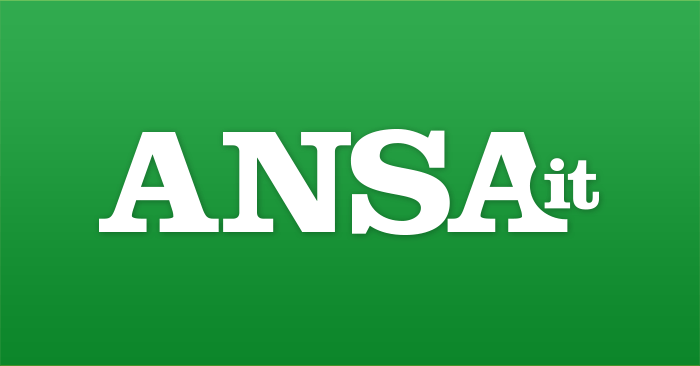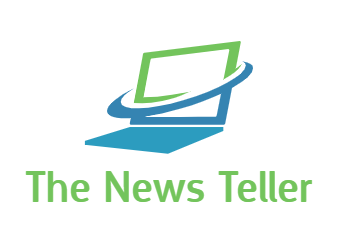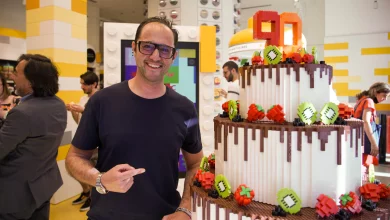After tests on 6G, set up metaverse and holograms – Hi-tech

Although 5G connectivity has not yet spread worldwide, tests of 6G, the standard of the future, have begun. It promises to provide greater speed and facilitate continuity between the physical and digital worlds for the conduct of many of our activities, including in the metaverse. AI will then play a role in collecting and processing the data. Today, the 5G network can reach a maximum of 2 gigs per second. As for the 6th generation connection, we are talking about 1000 Gbps, 1 TB. For this reason, the emergence of the sixth generation is also defined as the transition from the “Giga” economy to the “Terra” economy. Discussions about standardization of 6G networks are expected to begin around 2025, and commercialization of the technology is scheduled for 2029. Compared to 5G networks, the protocol will not only provide better data rates, but also lower latency and greater reliability.
The tests on 6G have already begun with different facts. In recent days, LG, in collaboration with the Fraunhofer Heinrich Hertz Institute and the Fraunhofer Institute for Applied Solid State Physics, has reached a milestone: it has demonstrated the possibility of transmitting data in the 155-175 GHz band up to a distance of 320 meters. He opened his previous record of 100 metres. This is an important step toward testing 6G in real environments, given that the standard’s stated goal is the ability to exploit cells capable of covering a radius of 250 meters each to deliver theoretical connection speeds of 1,000 Gbps. , 1 terabyte.
Concepts that allow us to think about the emergence of applications and services that will have zero response times. If today, when moving in virtual reality environments, there is still a minimum interval between sending a command and a response, then with 6G everything promises to become more natural, with greater integration between physical and digital. During the 5G Global Conference held in August in Harbin, China, Zhang Yongtao, deputy general manager of Ericsson’s Technology Department in China, spoke about projects that 6G will be able to pursue, such as holograms. 3D communications, which Ericsson is already working on, uses LiDAR sensors, like those of the new generation of iPhones, to map people in 3D and display them in virtual environments accessible to viewers and goggles. An idea that will soon be realized by the Meta-Facebook metaverse but will, for Yongtao, see full development only with the 6G network, capable of bringing the two dimensions closer together. Moreover, according to Matti Latva-aho, Director of 6G Flagship at the University of Oulu, AI will play a key role as it will have to avoid network congestion by effectively sorting out the huge amount of data expected in 10 years.
Even Nokia, with Bell Labs, has repeatedly focused its attention on commercial applications of 6G, particularly in health and medicine. Computing is ubiquitous, and the presence of connected devices that are fully integrated with everyday life, will give man the opportunity to receive information at any moment, through accessible digital interfaces. Italy is no stranger to 6G experiments. Tim, Polytechnic of Turin, University of Pisa and other universities are testing the new standard, to join the European Hexa-X program that is part of Horizon 2020.

“Food expert. Unapologetic bacon maven. Beer enthusiast. Pop cultureaholic. General travel scholar. Total internet buff.”




